Tribe Marmotini | Phylum Chordata Family Sciuridae Scientific name Marmota | |
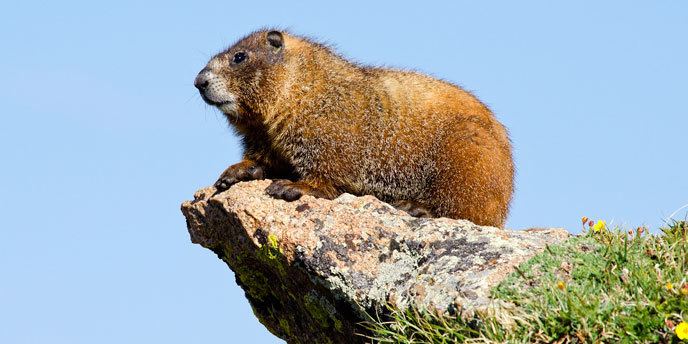 | ||
Genus MarmotaBlumenbach, 1779 Lifespan Alpine marmot: 15 – 18 years Length Groundhog: 41 cm, Alpine marmot: 42 – 54 cm Gestation period Groundhog: 32 days, Alpine marmot: 33 – 34 days Lower classifications Groundhog, Alpine marmot, Bobak marmot, Yellow‑bellied marmot, Hoary marmot | ||
Awesome tamed marmot
Marmot licks gopro
Biology

Some species live in mountainous areas, such as the Alps, northern Apennines, Carpathians, Tatras, and Pyrenees in Europe and northwestern Asia; the Rocky Mountains, Black Hills, the Cascade and Pacific Ranges, and the Sierra Nevada in North America; and the Deosai Plateau in Pakistan and Ladakh in India. Other species prefer rough grassland and can be found widely across North America and the Eurasian Steppe. The similarly-sized but more social prairie dog is not classified in the genus Marmota but in the related genus Cynomys.
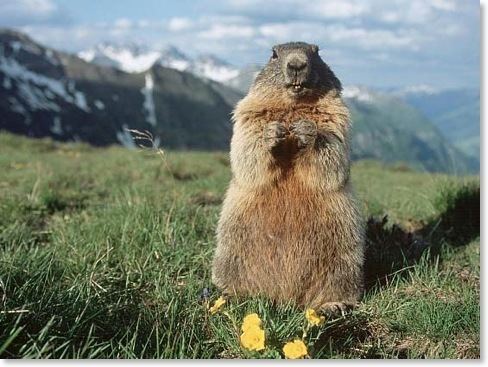
Marmots typically live in burrows (often within rockpiles, particularly in the case of the yellow-bellied marmot), and hibernate there through the winter. Most marmots are highly social and use loud whistles to communicate with one another, especially when alarmed.
Marmots mainly eat greens and many types of grasses, berries, lichens, mosses, roots, and flowers.
Subgenera and species
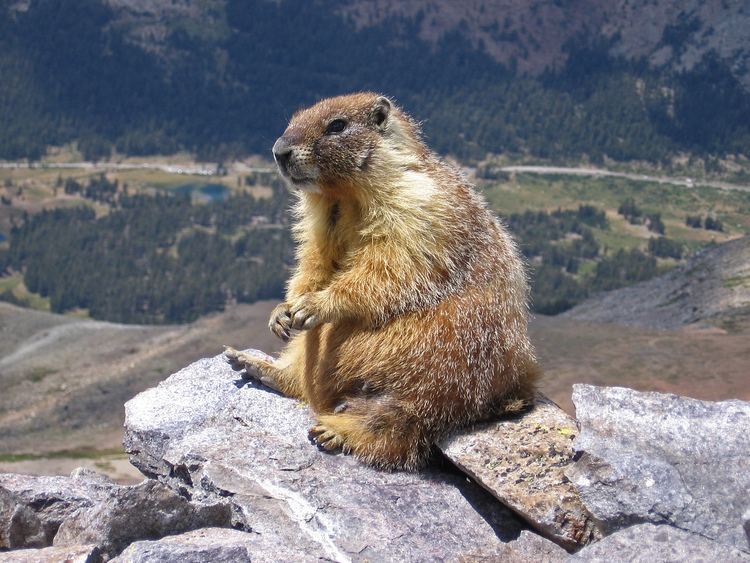
The following is a list of all Marmota species recognized by Thorington and Hoffman plus the recently defined M. kastschenkoi. They divide marmots into two subgenera.
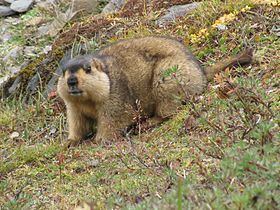
Additionally, four extinct species of marmot are recognized from the fossil record:
History and etymology
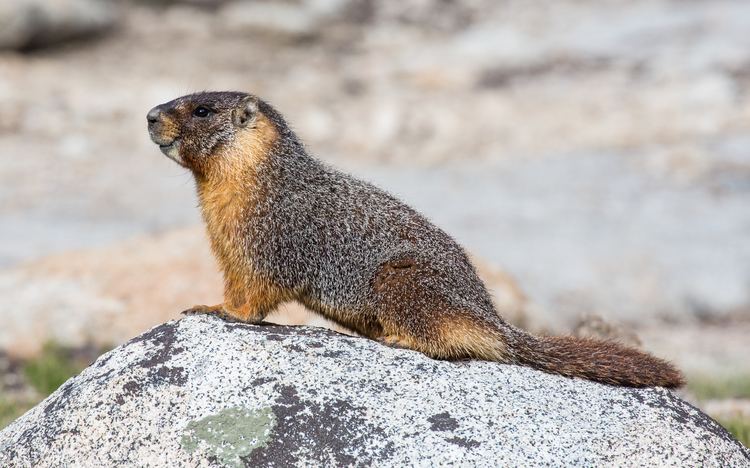
Marmots have been known since antiquity. Research by the French ethnologist Michel Peissel claimed the story of "gold-digging ants" reported by the Ancient Greek historian Herodotus, who lived in the fifth century BCE, was founded on the golden Himalayan marmot of the Deosai Plateau and the habit of local tribes such as the Brokpa to collect the gold dust excavated from their burrows.
The etymology of the term "marmot" is uncertain. It may have arisen from the Gallo-Romance prefix marm-, meaning to mumble or murmur (an example of onomatopoeia). Another possible origin is post-classical Latin, mus montanus, meaning "mountain mouse".
Beginning in 2010, Alaska celebrates February 2 as "Marmot Day", a holiday intended to observe the prevalence of marmots in that state and take the place of Groundhog Day.
